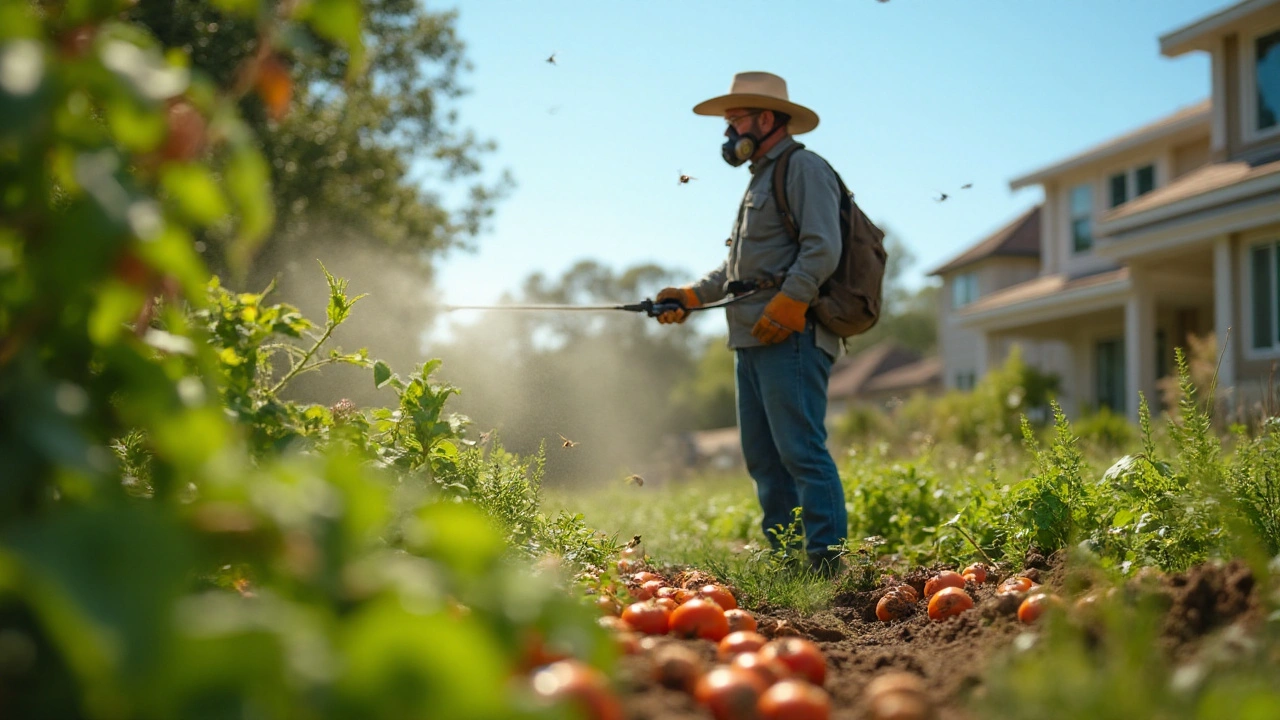Garden Pest Control Made Simple: Protect Your Plants Naturally
If you’ve ever watched a handful of aphids turn a thriving vegetable bed into a wilted mess, you know how frustrating pest problems can be. The good news? You don’t need a chemistry degree or expensive sprays to keep bugs at bay. With a few everyday tools and a little observation, you can curb the most common garden pests and let your plants thrive.
Identify Common Garden Pests
The first step is spotting the culprits. Aphids, spider mites, cabbage loopers, and snails are the usual suspects in home gardens. Aphids cluster on new shoots and leave a sticky residue called honeydew. Spider mites hide on the undersides of leaves, creating tiny yellow spots that turn into webs. Cabbage loopers munch on cruciferous veggies, while snails love damp soil and leave ragged holes in lettuce leaves. Take a quick walk through your garden each morning and note any damage patterns – a little detective work saves a lot of hassle later.
Simple, Low‑Cost Solutions
Once you know who you’re dealing with, pick a method that fits your style. For aphids, a strong blast of water from a hose often knocks them off. You can also spray a mix of water and a few drops of dish soap – the soap breaks their skin and they drop dead without harming plants. Spider mites hate humidity, so a daily misting routine makes the leaf surface too wet for them to thrive. If you prefer a natural predator, release ladybugs or lacewings; they love feasting on aphids and mites.
Snails are easier to deter with copper tape around plant beds – the metal gives them a tiny electric shock. Or scatter crushed eggshells around seedlings; the sharp edges discourage them from crossing. For larger caterpillars like cabbage loopers, hand‑picking is surprisingly effective. Just wear gloves, pull the leaf off the plant, and squash the insect. If you have many plants, set up a simple pheromone trap using a sticky board to catch flying pests.
Another budget‑friendly trick is to grow companion plants. Marigolds, basil, and nasturtiums release scents that repel many insects. Plant them alongside tomatoes, peppers, or beans, and you’ll notice fewer beetles and aphids showing up.
All these methods keep chemicals out of the garden, protect beneficial insects, and save money. The key is consistency – a quick check every few days, a spray of soapy water when you see aphids, and a little physical barrier for snails can make a huge difference.
Remember, pest control isn’t about wiping out every bug. Healthy soil and diverse plantings attract predators that naturally balance the ecosystem. By using simple, natural tactics, you keep your garden productive and enjoyable without the stress of a full‑blown infestation.
- July 30 2025
- 12 Comments
- Daryl Gardner
Permethrin for Gardeners: How to Keep Plants Pest‑Free Safely
Learn how gardeners can use Permethrin effectively, apply it safely, avoid harming beneficial insects, and integrate it into an IPM plan for pest‑free plants.
- Health & Medicine (103)
- Health & Nutrition (8)
- Caregiving & Dementia (2)
- Health & Wellness (2)
- Environment & Climate (1)
Categories
- December 2025 (24)
- November 2025 (22)
- October 2025 (27)
- September 2025 (38)
- August 2025 (5)
- July 2025 (4)
Archives
- side effects
- medication side effects
- generic drugs
- dosage
- online pharmacy
- gut health
- generic substitution
- safety and side effects
- natural antioxidant
- coping strategies
- hypertension
- immunosuppressants
- mental health
- medication adherence
- drug safety
- NTI drugs
- narrow therapeutic index
- combination therapy
- black box warning
- autoimmune disease
